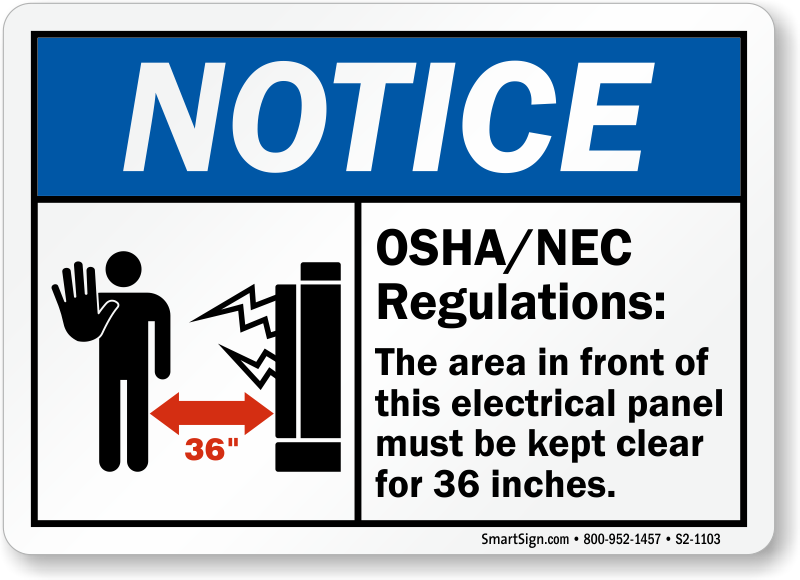This article is part of a regular, exclusive series on passenger, light truck and commercial tire service, repair and training produced for Modern Tire Dealer by Kevin Rohlwing, senior vice president of training and technical services for the Tire Industry Association (TIA).
The numbers were staggering. In a 25-year period prior to 1970, more than 400,000 Americans were killed and almost 50 million more suffered disabling injuries.
But the late Congressman William Steiger (R.-Wis.) wasn't referring to casualties and injuries suffered in Korea or Vietnam when he rattled off those figures. He recognized that these growing numbers of occupational deaths and injuries were placing an incredible burden on families and the economy.
At the time, the United States lacked legislation to protect workers. With billions of dollars in lost wages and productivity continuing to grow on an annual basis, something needed to be done.
On Dec. 29, 1970, President Richard M. Nixon signed The Occupational Safety and Health (OSH) Act of 1970. The act, authored by Steiger, changed the American workplace forever.
Companies were forced to protect employees from hazards like asbestos, lead and coal dust. If the occupation required the handling of hazardous materials, then the employers were required by federal law to provide employees with the necessary protective equipment and training. The OSH Act itself created the Occupational Safety and Health Administration (OSHA) within the Department of Labor to establish and enforce standards in the workplace.
Section 18 of the OSH Act encouraged states to establish and enforce their own job safety and health programs. Presently, 26 states have their own OSHA programs, which are approved and monitored by the Federal OSHA.
The OSH Act also gave OSHA the ability to set safety and health standards for specific industries or occupations if the risk to the employee was determined to be severe.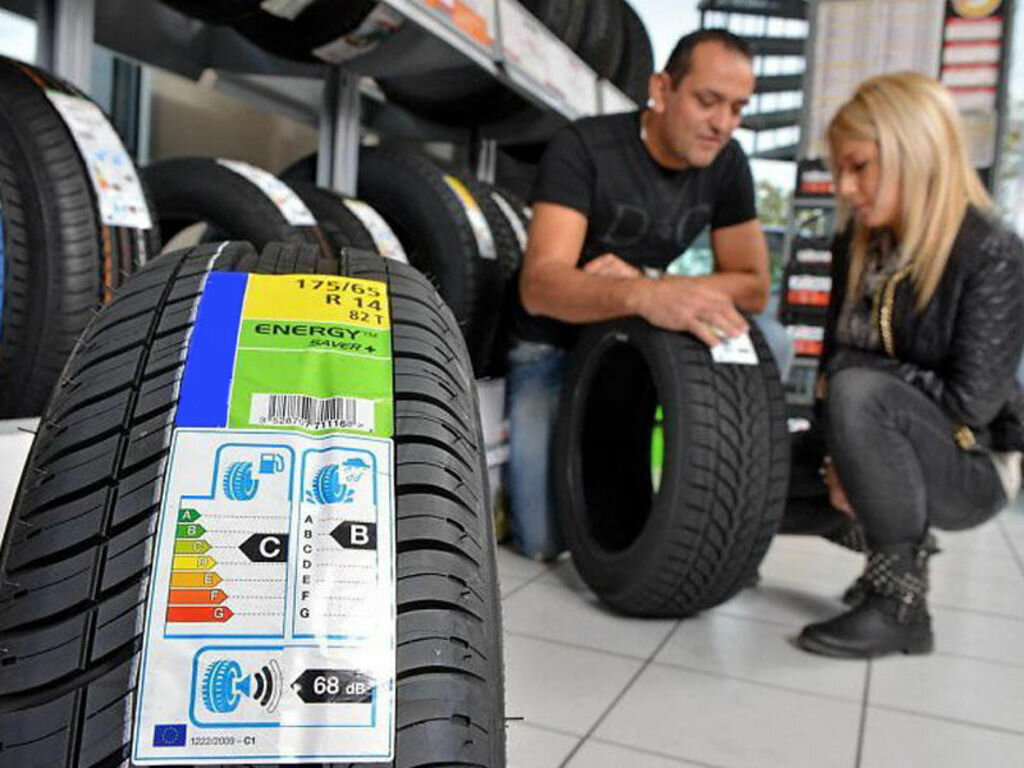 OSHA recognizes that standards often result in higher costs to the employer, but the reasoning behind the decisions is based entirely on the risk to the employee.
OSHA recognizes that standards often result in higher costs to the employer, but the reasoning behind the decisions is based entirely on the risk to the employee.
Additionally, the OSH Act was flexible enough to address general safety-related issues, regardless of the occupation. Also known as "General Duty," the regulation reads like this:
5.(a) Each employer:
(1) shall furnish to each of his employees employment and a place of employment which are free from recognized hazards that are causing or are likely to cause death or serious physical harm to his employees;
(2) shall comply with occupational safety and health standards promulgated under this Act.
In reality, General Duty is OSHA's way of saying, "If we didn't think of it in these regulations, you should have." For example, if large boxes on the top shelf of a storage room fall down and injure an employee, then the company can be cited under General Duty for not protecting workers from falling boxes even though there might not be any specific regulations that govern boxes on shelves.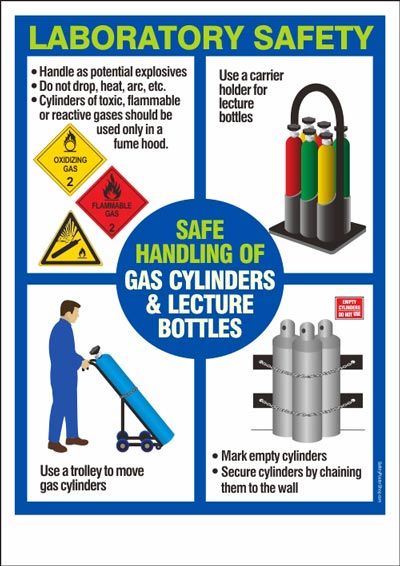
The employer is required by federal law to provide a hazard-free workplace and failure to do so can, and often does, result in serious fines.
No 'P' or 'LT,' but...
The tire industry can claim one of those occupations deemed hazardous enough to receive a specific regulation. In 1978, OSHA established 29 CFR 1910.177, "Servicing of Single-Piece and Multi-Piece Rim Wheels." This regulation is directed to employees who service tires on large vehicles like trucks, tractors, trailers, buses and off-road machines. However, it excludes employees who service automobile or light truck tires designated "LT."
In other words, if the tire does not have a "P" or "LT" in the tire size and it falls under the categories of truck, tractor, trailer, bus or off-road machine, it's covered by 29 CFR 1910.177.
Contrary to what many believe, there are no OSHA regulations that specifically outline procedures or safety guidelines for servicing passenger and light truck tires. Of course, General Duty still applies, so retail tire dealers must identify and eliminate any potential hazards.
Of course, General Duty still applies, so retail tire dealers must identify and eliminate any potential hazards.
Likewise, all companies must comply with general OSHA regulations for protective equipment, hazardous materials, record keeping, etc.
OSHA and commercial tires
While 29 CFR 1910.177 does not apply to tires labeled "P" or LT," it covers practically every other tire in service today. Trucks, tractors, trailers and buses are fairly simple to recognize, but off-road machines are more difficult to define. The safest bet is to stick to the "P/LT" rule and treat every tire without those letters in the tire size as a candidate for 29 CFR 1910.177.
Without a doubt, the most common violation of 29 CFR 1910.177 is a lack of documented training. OSHA requires every employer to provide a training program that identifies potential hazards for any employees who service tires as defined by 29 CFR 1910.177. For purposes of this article, we'll refer to them as "commercial" tires.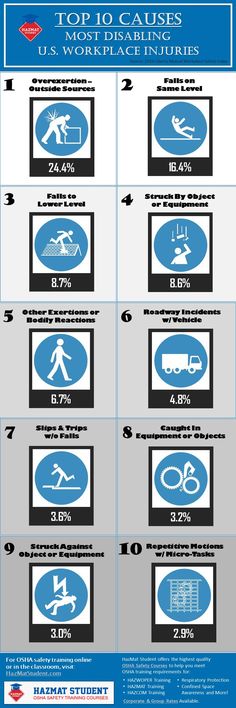
It's important to note that OSHA's definition of "service" includes demounting, mounting, inflating, removing, installing and handling, so any employee who touches an inflated commercial tire for any reason must be trained. Salesmen who deliver mounted and inflated commercial tires must receive training because they are "handling" the assemblies.
Mechanics who remove commercial tires for brake work also must be trained because they are "installing, removing and handling." Truck drivers responsible for inflating their own tires fall under the rule because they are "inflating."
But OSHA takes it several steps further. It's illegal for any employee to service a commercial tire without completing a safety and training program. That means new hires must receive training before they set foot on the shop floor on their first day.
OSHA also specifies the minimum contents of the training and requires each employee to demonstrate his or her ability to perform the tasks necessary for the job.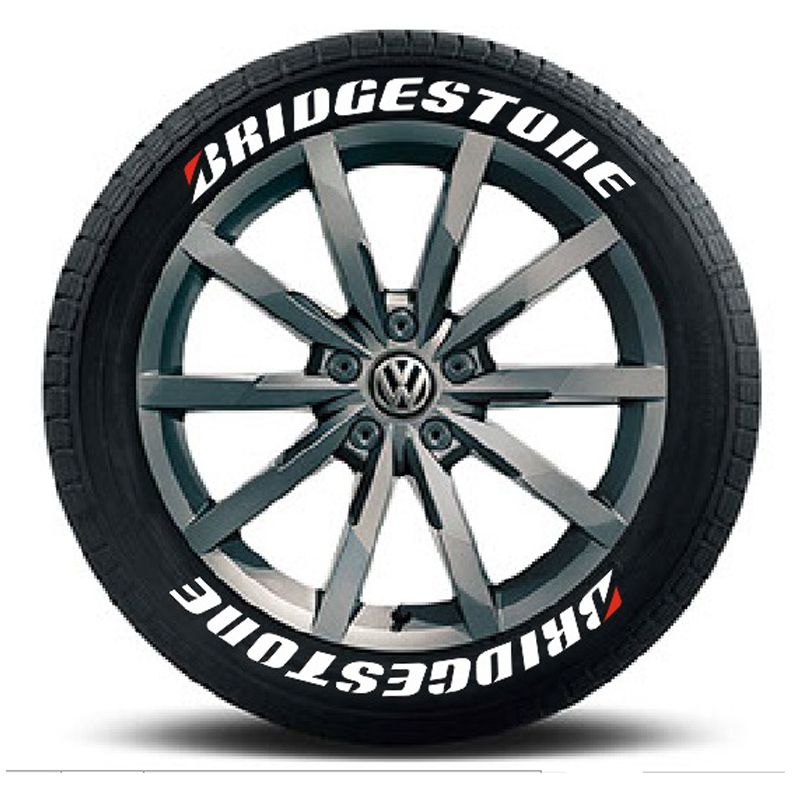 Finally, there must be some form of evaluation to ensure the employee maintains proficiency, and employers must still provide additional training as necessary.
Finally, there must be some form of evaluation to ensure the employee maintains proficiency, and employers must still provide additional training as necessary.
It's relatively safe to say that most commercial tire dealers have employees who are working without documented training. It's even safer to say that most fleets servicing their own tires are in a similar position. The Tire Industry Association (TIA) has an in-house video training program that meets the minimum training requirements established by 29 CFR 1910.177. Companies that take advantage of the Basic Commercial Tire Service (CTS) Program can fulfill their obligation to educate the employees on the hazards related to tire service.
Basic CTS is designed to train new hires and provide documented training for experienced employees. Using a standard video/workbook format, it doesn't require travel or a special instructor. Students that successfully complete the final exam and skills demonstration can receive a TIA Certificate of Completion.![]()
However, complying with the OSHA training requirements doesn't require the actual purchase of anything. TIA has Basic CTS to make it easier, but anyone can get a free copy of 29 CFR 1910.177 and its requirements by visiting OSHA's Web site, www.osha.gov. In an age when government agencies are publicly criticized for wasting money, www.osha.gov represents an excellent investment of taxpayer dollars.
Necessary equipment
Once the training requirements are finally met and out of the way, companies must focus on the necessary equipment for servicing commercial tires under 29 CFR 1910.177. Specifically, every multi-piece assembly must be inflated in a safety cage, so any service area where multi-piece wheels are inflated must have one.
Since OSHA's definition of "service area" includes road service vehicles, each truck also must have a safety cage.
The safety cage itself must be capable of withstanding 150% of the maximum force transferred to it during a rim separation or explosion.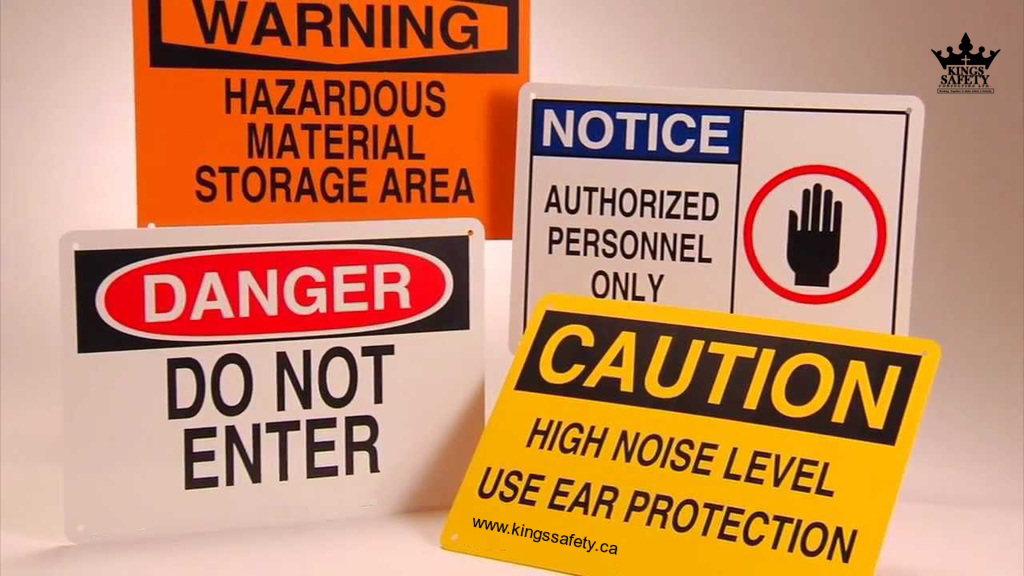 Reputable safety cage manufacturers have the engineering data to document compliance, but your local welding shop will probably have to rely on a field test.
Reputable safety cage manufacturers have the engineering data to document compliance, but your local welding shop will probably have to rely on a field test.
OSHA also has specific requirements for all tire inflation devices. First, there must be a clip-on chuck. A clip-on chuck is any air chuck that temporarily attaches itself to the end of the valve stem without being screwed or held on. Lock-on dual foot chucks without an actual "clip" are considered to be clip-on air chucks simply because they are not screwed on and do not require a technician to hold it on the end of the stem.
Inflation devices also must include an in-line valve with a pressure gauge or a pre-setable regulator. Theoretically, this prevents technicians from accidentally over-inflating a tire. Either the technician has to literally fall asleep while holding down the button or the regulator must be set above the maximum inflation pressure for the tire being inflated. Regardless, one or the other must be used.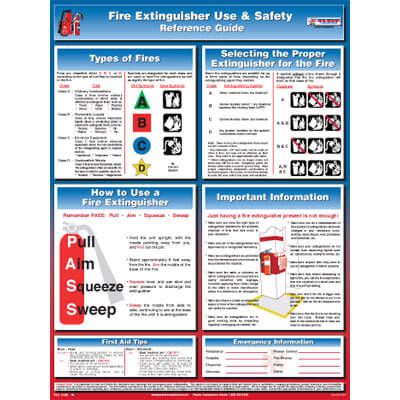
The final tire inflation device requirement is defined as a "sufficient length of hose" to allow the employee to stand outside the trajectory of the tire sidewalls during the inflation process. California has the only OSHA regulation that provides a minimum number of feet (2 feet), so the rest of the country is required to determine the actual length of "sufficient" on its own.
Rim regs
Throughout the remainder of 29 CFR 1910.177, OSHA outlines procedures for matching rim components and demounting/mounting/inflating single- and multi-piece assemblies. If any of the practices are not followed and an accident results, OSHA will assess fines based on the number of violations. Keep in mind that failure to train 10 employees can represent 10 individual violations and, therefore, 10 fines.
Even though the tire-specific OSHA regulation excludes passenger and light truck tires, there are still laws in place to protect the employees. As stated earlier, General Duty applies to every workplace and any potential hazard.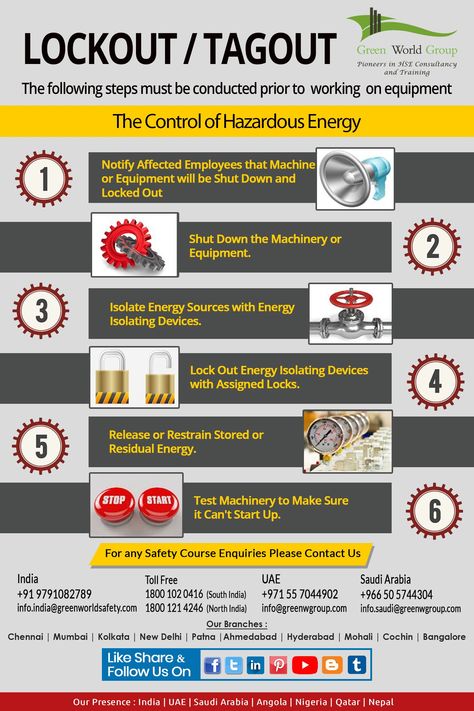
However, when it comes to "Personal Protective Equipment" (PPE), OSHA goes several steps further in explaining when it's necessary and what is necessary.
* 29 CFR 1910.120 covers employees who handle hazardous materials. "Work functions that preclude splashes, immersion or the potential for unexpected inhalation of or contact with hazardous levels of any chemicals" require Level D protection. Level D protection includes coveralls, gloves, steel toe and shank boots and safety glasses.
* 29 CFR 1910.132 requires training for employees who must use PPE. The training must include when PPE is necessary, what PPE is necessary, the limitations of PPE, the proper care/maintenance/life span/disposal of PPE, and, finally, how to "properly don, doff, adjust and wear PPE."
* 29 CFR 1910.133 requires safety glasses for any employee that is exposed to any hazards due to flying objects.
* 29 CFR 1910.136 outlines the requirements for occupational foot protection.
* 29 CFR 1910.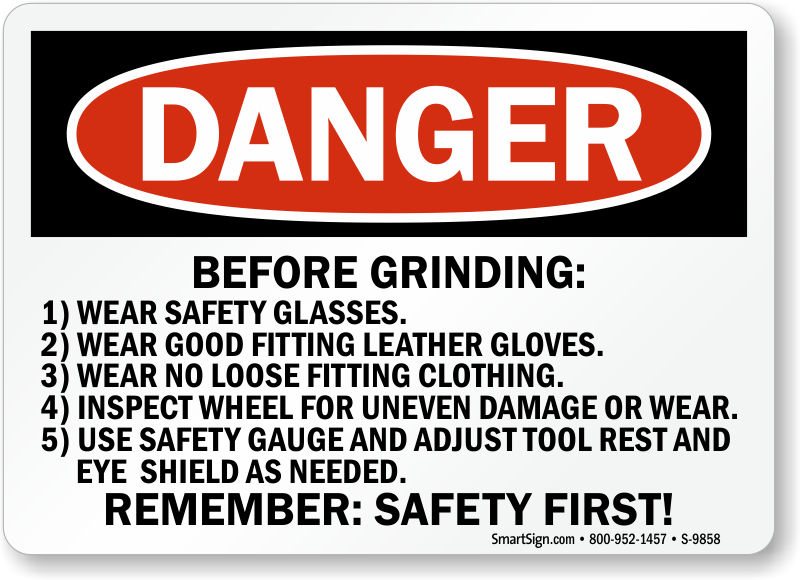 138 identifies the situations where hand protection is necessary.
138 identifies the situations where hand protection is necessary.
It's difficult to imagine any tire dealers who don't fall under the OSHA regulations for PPE. OSHA has similar guidelines for fire safety, hazardous materials handling/disposal, and a number of other common practices inside a typical tire service facility.
It also offers a free consultation service that will identify every OSHA violation without any fines as long as the problems are corrected. It might seem ludicrous to invite an OSHA inspector to look for safety and training program deficiencies in your shop, but the cost of finding out the hard way can devastate any size company.
Just last month, three large companies were fined a total of $730,000 for violations ranging from missing safety guards to holes in the floor. It's important to note that none of the fines were the direct result of an on-the-job accident or injury. In one instance, an employee complaint resulted in the inspection while the others were random inspections.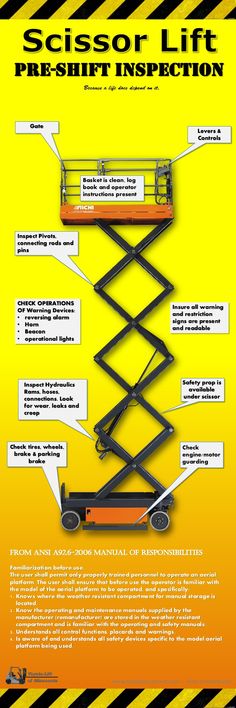
OSHA often bases the size of the fine on the size of the company. A construction worker was killed recently when a road-tar kettle exploded, but that company only was fined $7,500 because it only had three workers.
Bottom line
OSHA's mission is to provide a safe workplace for American workers. Since 1970, the number of workers has nearly doubled to more than 105 million private sector employees at 6.9 million sites. Yet in that period of time, on-the-job accidents have been drastically cut, resulting in fewer injuries or deaths.
As the workplace continues to evolve, OSHA will react with newer standards and educational programs to ensure an American worker's right to a safe environment. Once referred to as the "safety bill of rights," OSHA standards are designed to protect employees from hazards, regardless of the cost to the employers.
Ultimately, if companies take the time to get to know OSHA and follow the laws, then OSHA will never have to get to know them.
(In photo: The Tire Industry Association offers Commercial Tire Service (CTS) programs designed to educate your employees on the hazards related to tire service. Pictured at a regional CTS seminar held earlier this year are, from left to right: Brian Hockenberry, Doug Cross and Kyle Martin from McMahon Tire in Fort Wayne, Ind.)
By Chron Contributor Updated October 06, 2020
Automotive shop workers are especially vulnerable to chemicals and other workplace hazards, which is why the U.S. Department of Labor and the Occupational Safety and Health Act established workplace standards for auto mechanics and the shops they work in. Automotive shop safety rules and regulations cover everything from letting mechanics know their rights to making the proper equipment available to workers.
The regulations are continually updated as well to keep up with changes in the industry. Failure to comply can result in a variety of penalties, from fines to permanent closure of an auto shop business.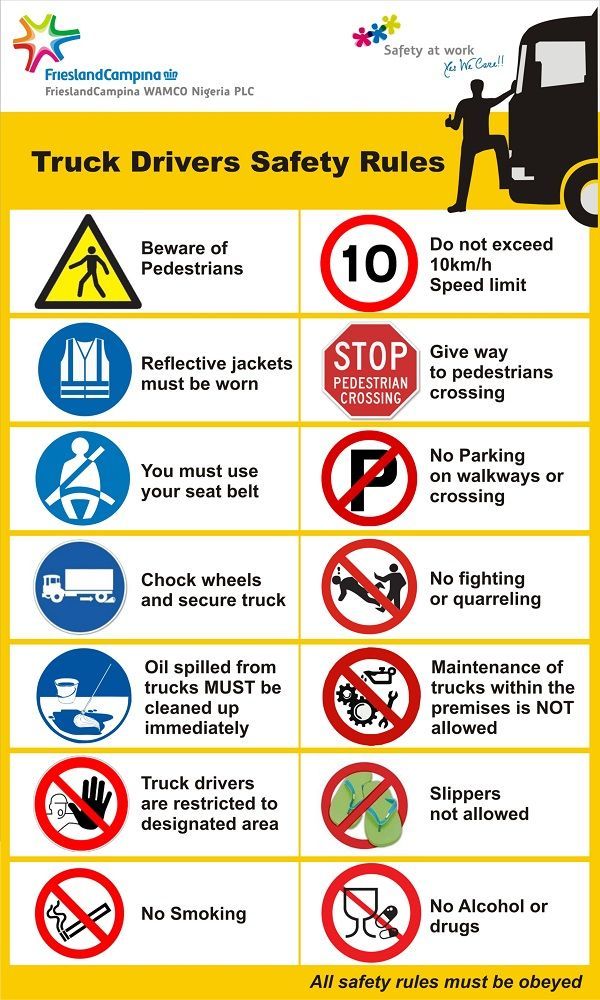
One of the OSHA standards most regularly violated by auto shops and mechanics is the right to know standard. This addresses the use of potentially hazardous chemicals, a very common occurrence in the automotive business. This standard simply requires that employees be notified in detail of the possible dangers of any of the chemicals they are using. OSHA insists that employees have a right to know how they might be affected by chemicals in the workplace.
The right to know standard requires detailed labeling of all chemicals, inventory lists with information, training for employees in the safe use of chemicals and a written plan that outlines how the workplace plans to follow the right to know provision.
Many of the most common ways in which auto shops violate OSHA regulations is by not providing adequate safety equipment for the workers. Shops are required to have written plans and safety equipment to deal with the hazards that many employees are exposed to at work.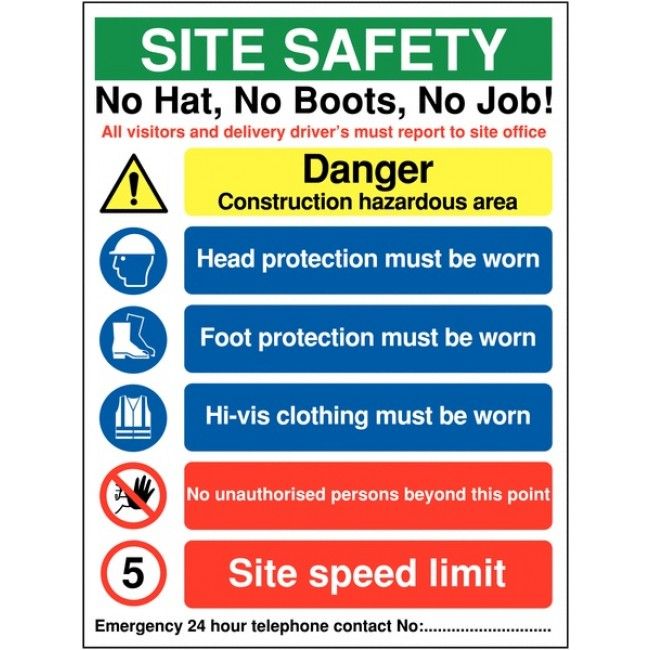 For example, workers are supposed to use respirators when painting.
For example, workers are supposed to use respirators when painting.
As the National Automotive Roads Fuel Association reports, auto shops are required to provide safety equipment, ranging from goggles to noise reduction devices that are readily available and maintained in good condition. Some of the more common citations for body shops involve inadequate use or supply of respiratory safety equipment and insufficient numbers of fire extinguishers.
In 2018, 2 out of every 100 full-time auto shop employees were injured on the job, according to the Bureau of Labor Statistics. Many of thee injuries were cutting and crushing injuries arising from the improper usage or maintenance of tools.
There are a variety of OSHA standards that govern the use of tools in auto shops. All tools must be maintained in good condition so that they may be safely used, and employees should be informed of the proper use of all tools and possible dangers.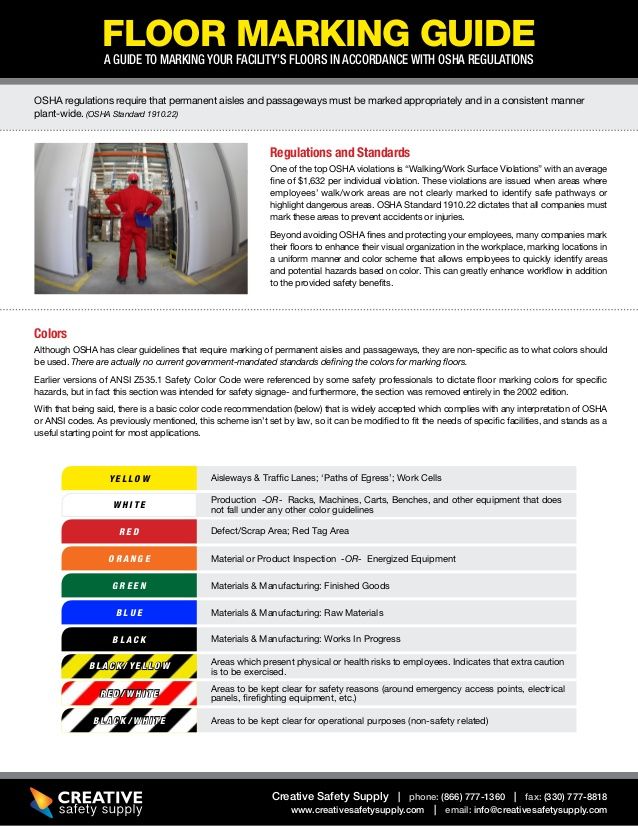 Some of the larger, more standardized tools, such as the car lift, must be inspected and serviced on a regular basis in order to be up to standard with OSHA.
Some of the larger, more standardized tools, such as the car lift, must be inspected and serviced on a regular basis in order to be up to standard with OSHA.
There are strict standards for the storage of tools. For example, all tools that can move must be removed from power, secured and locked out of the shop during cleaning in order to protect against movement. This applies to cars as well.
The layout of the shop itself also must be up to certain safety standards. The floor must be kept uncluttered and should provide easy access for walking. All spills should be cleaned up immediately, and tools and parts that are not being used should be put away. There are also broader regulations for the shop layout, such as standards for electrical wiring.
One of the bigger hazards in auto shops is flammability, and OSHA is known for citing auto shops for not addressing this issue. Fire extinguishers and fire plans are expected, and auto shops are supposed to have a flameproof booth for doing things such as spray finishing and using flammable materials.
References
In spring and autumn, twice a year, a mandatory procedure awaits us - tire fitting, seasonal tire change. Simple at first glance, it has its own characteristics and rules, non-observance of which can create problems for the owner of the car. What should be paid attention to in this case? So, we're going to "change shoes."
But first you need to check the condition of the replacement tires, whether they are still suitable for use. This question does not arise when installing new rubber, but the old one must be checked for wear, to see the residual tread height.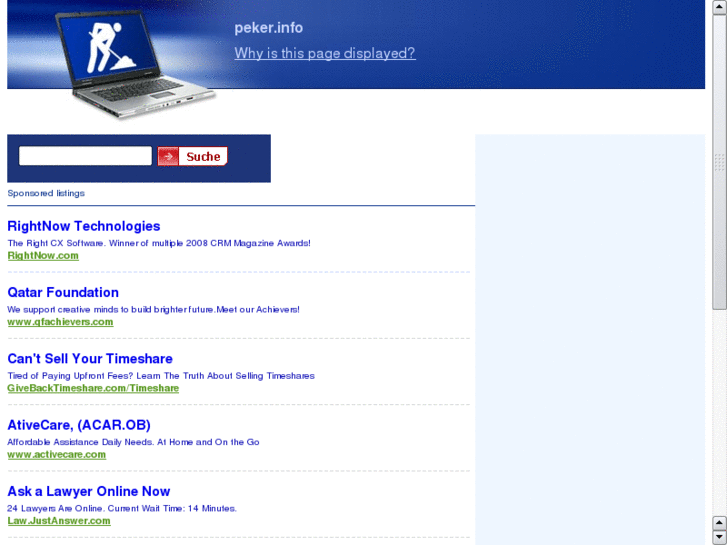 To do this, we find a special icon on the side surface of the tire - a triangle directed from the center of the wheel. nine0003
To do this, we find a special icon on the side surface of the tire - a triangle directed from the center of the wheel. nine0003
There are several such triangles on the wheel, and they show us the places where the three-dimensional (convex) indicators are located - this is a three-dimensional element, which is usually located in the tread groove. If the tread surface has become equal to this indicator due to wear, then the use of the tire is unacceptable for safety reasons and is prohibited by law. But in this case, on my Yokohama Geolandar A / T-S G012 tires, the residual tread depth is quite sufficient, so I will still ride on these tires in the summer. I put the tires in the car and go to the service. nine0003
The car is now fitted with Danlop Grandtrek SJ6 winter tires. It is far from new, but its condition is quite decent, the tread depth is sufficient, its driving performance completely suits me, but in the summer it is not necessary to drive it unambiguously.
As it turned out, the best way to do this is at the service of an authorized dealer of Mitsubishi Motors. Why? Let's start with the price. I asked the cost of work at a roadside "tire shop", which is located not far from my house, and received an answer - 10,000 tenge for four wheels. I called the official service - it turns out almost 3000 cheaper in my case. In addition, you don’t have to wait in line at the side of the road, you can sign up in advance at a convenient time, and even the car will be washed. There are already so many pluses coming out, and there are so many more to come! nine0003
Why? Let's start with the price. I asked the cost of work at a roadside "tire shop", which is located not far from my house, and received an answer - 10,000 tenge for four wheels. I called the official service - it turns out almost 3000 cheaper in my case. In addition, you don’t have to wait in line at the side of the road, you can sign up in advance at a convenient time, and even the car will be washed. There are already so many pluses coming out, and there are so many more to come! nine0003
The center is full, everyone is changing tires. But the master works without too much haste and, most importantly, competently. He first unscrews the nuts with a wrench, only then he uses an air gun for speed. Unfortunately, small service stations immediately pick up pneumatics and ... sometimes cut off the hairpin. Especially if they twisted in violation of the rules. But I will talk about this a little later.
Now all the wheels are removed and marked, it will be clear which one was where. Why is it necessary? If you rotate the wheels (and the manufacturer recommends doing this after 10,000 kilometers), then when you change the rubber again, you need to put the wheel in its place and swap them according to the scheme when the service interval is reached. nine0003
Why is it necessary? If you rotate the wheels (and the manufacturer recommends doing this after 10,000 kilometers), then when you change the rubber again, you need to put the wheel in its place and swap them according to the scheme when the service interval is reached. nine0003
Removing the rubber from the disc is not a problem, but during installation it is necessary to smear the sidewalls of the tires with mounting paste, traces of which remain on the wheel.
The fewer weights on the wheel, the better. This is an indicator of the quality of the tire, the condition of the rim and the quality of work.
Installation of finished wheels on the machine. The nuts are screwed on with a wrench by hand, in this case there should not be any air guns! A pneumatic tool set to a certain tightening torque is quite rare, and this is hardly possible at small service stations. So only a key, a torque wrench - as an indicator of attitude to work and quality of service.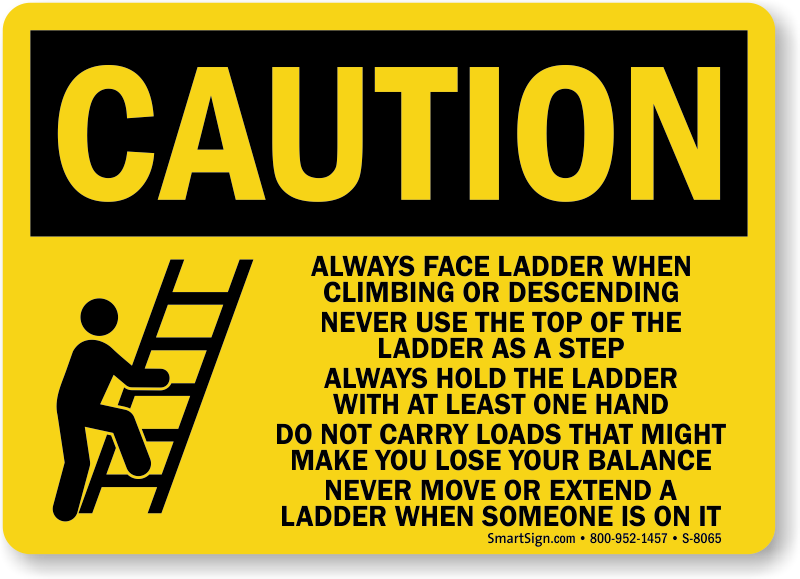 Why is it important? Tightening the nuts with a gun is much faster, but this threatens to break the stud. In addition, it may be that you cannot remove the wheel if you need to replace it somewhere far from civilization. nine0003
Why is it important? Tightening the nuts with a gun is much faster, but this threatens to break the stud. In addition, it may be that you cannot remove the wheel if you need to replace it somewhere far from civilization. nine0003
And, finally, tire pressure. For this, a plate is used, which is located in the opening of the driver's door, here it is.
The tire size on my car is 265 / 70R16, so we make the pressure in the front wheels 2.0, in the rear - 2.2. By pumping the wheels, we get an increase in the load on the suspension, a decrease in comfort and an increase in stopping distance. Low pressure increases tire wear and fuel consumption. Tire pressure is checked on a stand with automatic indicator setting. nine0003
It remains only to put the winter tires in bags, packed tires - in the trunk, and leave the service center of the official dealer. By the way, it is not necessary to take the rubber with you - here you can leave the rubber for storage if you do not have a place for this at home.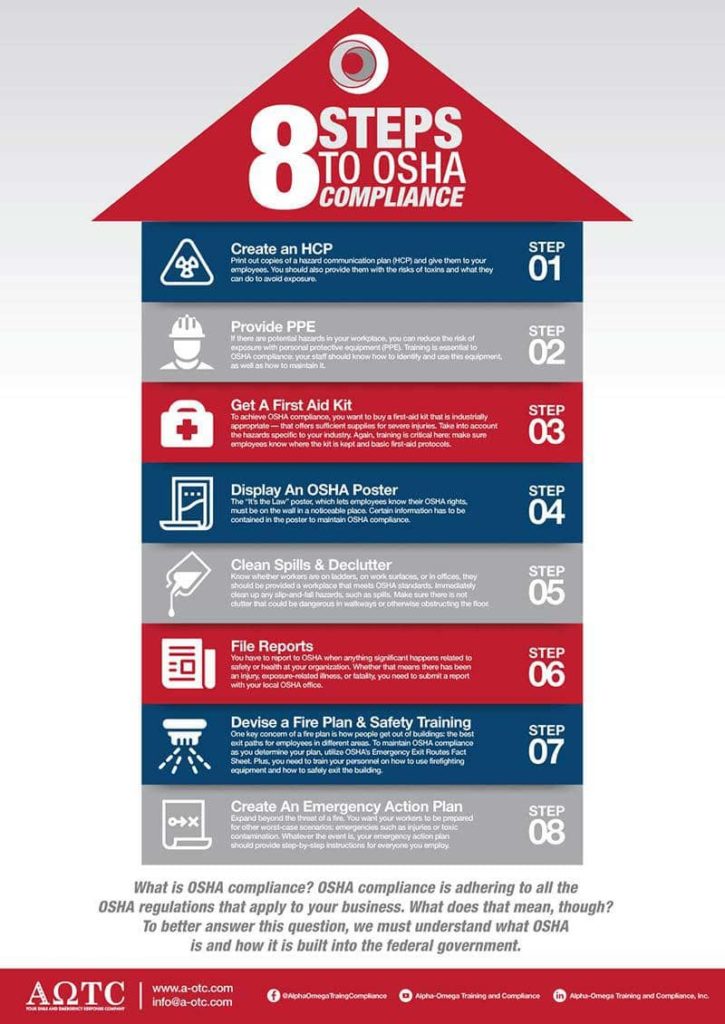
My place is fine, so they put the tires in the car and I go outside. Two minutes later, a service employee drives a car to me, “shod” for the season. I get behind the wheel and drive home. On a long, flat stretch of road, I slightly release the steering wheel, the car goes smoothly, which also indicates uniform tire pressure. The "rubber question" was filmed before winter. nine0003
P.S. I changed the tires on time. Literally a week later there was a trip to Issyk-Kul. My impressions of the northern shore of the lake and coastal mountains, roads, police and border guards are in this story. And also about how to get through the border during the quarantine period.
©Copyright
articles
for the period of
How they are deceived by tiremate - expert warning
November 12, 14:42
November 2, 2021, 10:030052
Betir another 3
Why cannot be changed in advance summer tires for winter - conducted an experiment
September 18, 200064
More 3
Buying used tires? What to pay attention to
September 7, 2021, 08:33
How to extend the tire life, Autoexpert
July 5, 2021, 09:0000, 09:0000, 09:0000, 09:0000, 09:0000, 09:0000, 09:0000, 09:0000, 09:0000, 09:0000, 09:0000, 09:0000, 09:0000, 09:0000, 09:0000, 09:0000, 09:0000
003
March 28, 2021, 15:58
more 3
expert advice
October 22, 2020, 10:11
When to change winter tires and how to store them.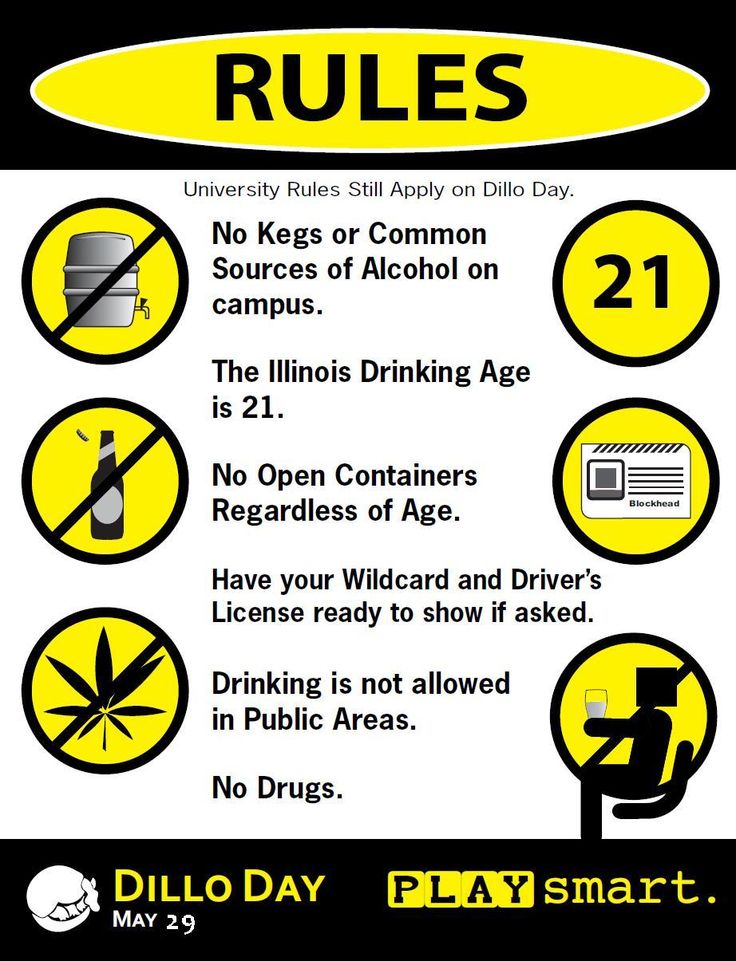 Expert Councils from the Kyrgyz Republic
Expert Councils from the Kyrgyz Republic
March 3, 2020, 15:35
MS ovens
February 3, 2020, 18:55
Another 3
Bishkek City Hall wanted to save on buses of buses
, 2019, 14:23
3 more
Atambaev's detention is a lie, Karamushkina said.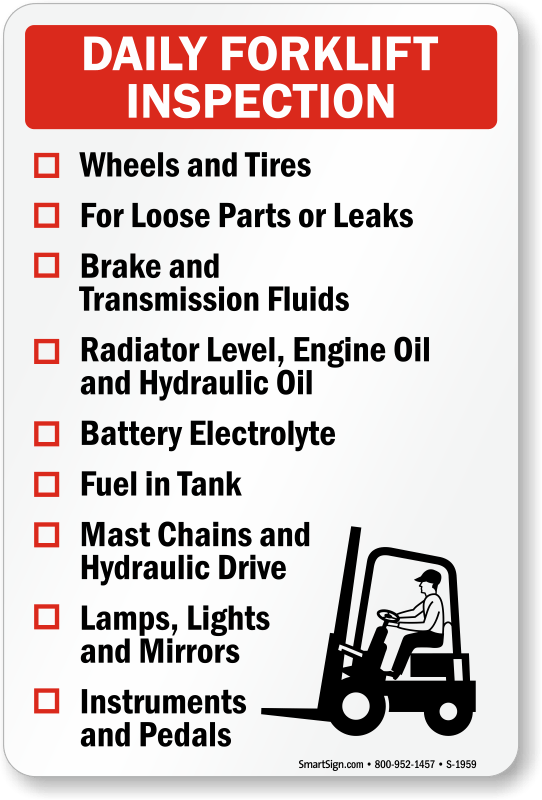 Video
Video
Another 3
at the House of Atambaeva, Strengthenes are still audible, Tire 9000, 21:32
more 3,9000,000
in the EAEU was banned in the EAEU Winter without Zaine Shin without winter shin.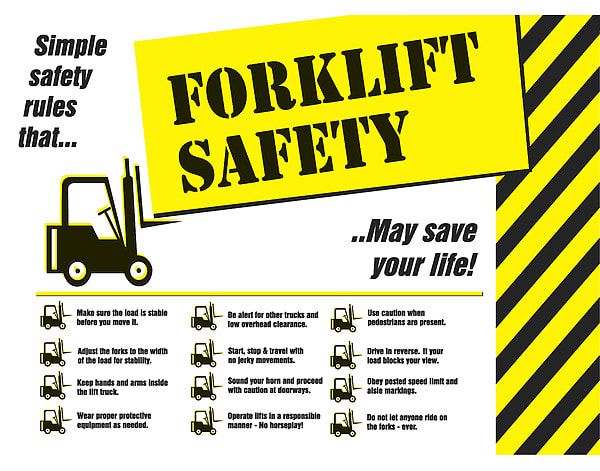 0003
0003
November 12, 2018, 23:15
still 3
9000 infographicNovember 12, 2018, 17:10
Another 3
drivers are asked to be vigilant - Snow and ice on passes in the Kyrgyz Republic October 15, 2018, 10:50
The weather will deteriorate sharply: UOobDD calls for drivers urgently change tires
October 12, 2018, 10:44
In winter in Bishkek, some patrol cars drive on summer tires — video
0:45December 5, 2017, 19:270052
November 27, 2017, 17:14
3 more
This has never happened before! The city hall paid money to Bishkekchanin for a punctured tire
May 22, 2017, 16:18
